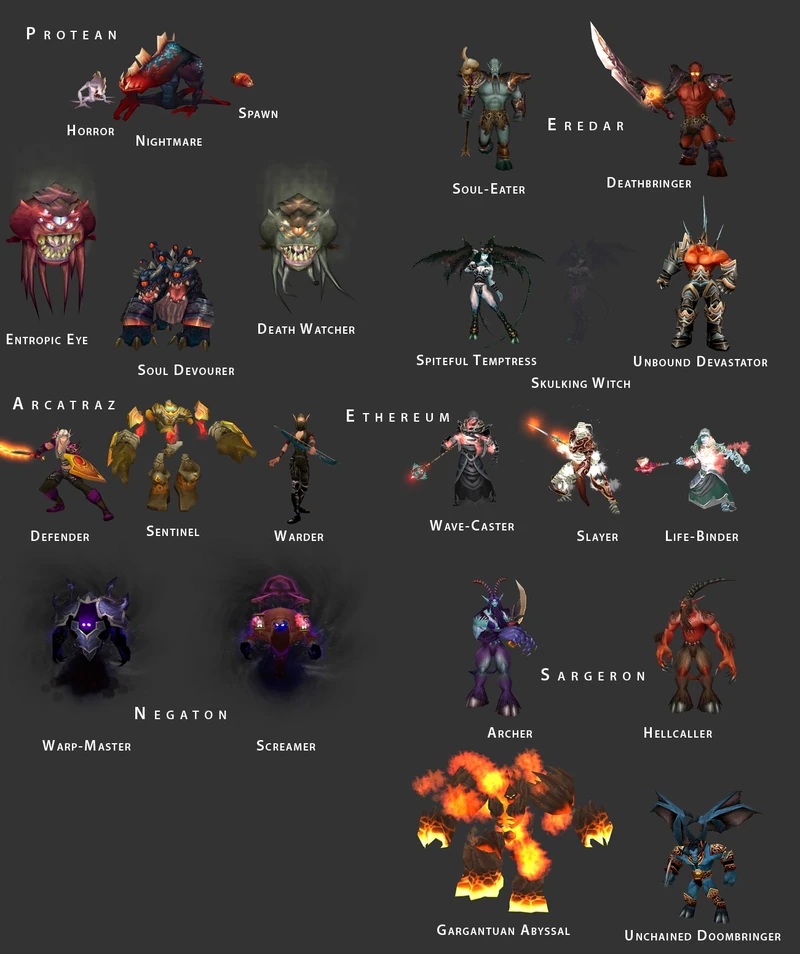Hello Cliff, Good luck finding any free plans from any source. These autogyros haven't been around very long if you're into RC autogyros. Because they are fairly new in the modeling world, especialy RC modeling there aren't many plans available especially for the size you're interested in. There are a few plans for smaller sized engines and a few electric autogyros, but none are free unless you're looking for one of those wimpy foamy types. Your interest in autogyros can be an addiction if you don't run away now. I've been building autogyros for nearly 5 years now and hardly ever fly fixed wing since my first gyro.
AeroFred.com is a Plans Sharing Community, not just a website to grab some plans. Every day thousands of modelers visit us and download free model airplane and boat plans, plans shared by other modelers.

These things are more fun to fly than fixed wing aircraft and don't take that long to learn to fly if you've already been flying RC for a while. Many guys try to design and build their own designs, some have a success and some have a lesson in frustration. My advice to aspiring autogyro fliers is to purchase a proven design, rather than attempting to design your own. There are a few kits from Flying Balsa.com that are excelent and very complete.

Free Gyrocopter Plans Sulfuron Plans

If you start with a proven kit with a good reputation you have the best chance to become a gyronut. The problem with becoming a gyronut is you can't be happy with fixed wing anymore. Good luck finding free plans, Joel.
Hi Cliff, If you decide that autogyros are for you, let me know if you want to build a larger one. I have converted several Senior Kadets to single rotor gyros but you will need something about the size of a 90 FS for the engine.
I don't have plans but I can give you pictures and numbers to set it up. I want to build one for electric but I'm still waiting for the big motors and batteries to come down a little in price. The Sig Seniorita also works well but it was more fun to fly the big one. From my experience: Things to avoid: - Making a self-designed giro. That usually means a pile of smoking ashes, if it ever takes off. If you insist though, convert an old high-wing trainer (it must be quite light or will fly like a brick) can save some time.
Buying a large kit. Large = expensive. Buying an old or out of stock kit. And you'll have a hard time fixing it.
Buying a giro based on heli parts. You can buy them, but in the end it will be quite expensive and they're against the DIY ideas. Things to follow: - If you like to buy things done, go for a modern, proven, easily repairable, single rotor kit in the engine range you say. They're not too small and are the cheapest size. I can't help you with this since I never buys ARFs. Ease of repair means that with common tools and materials you can make it fly again.
An single rotor will simplify things in general (it's cheaper also). If you like to build and are cautious and sensible, go for a winged autogiro. If you like to build and are brave and like challenges, go for a direct control giro such as the Emilio Cabezas' DC giro. DC giros, IMHO, are the real thing. They are the shape of pure autorrotation. That model in particular is a great flyer and follows all the previous advice. DC giros are not more difficult to control, they are different.
That's where the 'difficulty' lies. They're a good choice for beginners, but you should know how and why autogiros fly they way they do. Otherwise, you'll crash and you won't know why. Winged gyros often have more 'hibrid' flight characteristics and so will forgive more the newcomer used to fly airplanes. I insist, if you want to make the effort of knowing how they fly and build a model,go for the DC giro. I think RC modeler has the plans. Hope this helps!
Norbert, can I have those Kirara plans?&: Regards, Juan. My 2cents worth. My designs are high performance and probably not for beginners, but most who try them are very happy with them.
Most fliers with advanced flight skills or a small amount of helicopter experience can fly them easily. My construction manuals are free and the designs are proven. Helicopter heads are simply another way of making cyclic pitch work needed to fly, having the rotor head do most of the hard work means you can use lighter/cheaper servos. My designs fly great with 2, $12 servos instead of 2, $30 servos, this more than covers the difference in cost between the rotor heads. Comparing the cost to a commercial, for profit, kit to a plans/scratch built model is unrealistic. It depends on what you want to do with your time. I've had customers receive their kit in the morning mail and be flying by the evening.
You probably won't do this with a scratch build. Everyone has different needs and wants and not everyone wants to carve their own blades and fabricate a lot of parts. You have to choose what your individual goal is. This applies to crashes.
The DIY head is great and readily repairable. Heli heads are tough and often survive massive crashes without damage.
A DIY head may involve de-bonding and/or making a new part. A heli head replacement may be a simple bolt on replacement. Again, it depends on the individuals desires. The two rotor model appears to be the cheapest and easiest to learn on. The gyro-stick conversion is a great way to go. The depron foam twirl seems to be another great way to get started, low cost, easy to build. Single rotors are fun and challenging but can be more difficult to see in the air and maintain orientation, also they don't always correct themselves in flight and need the pilot to pay attention.